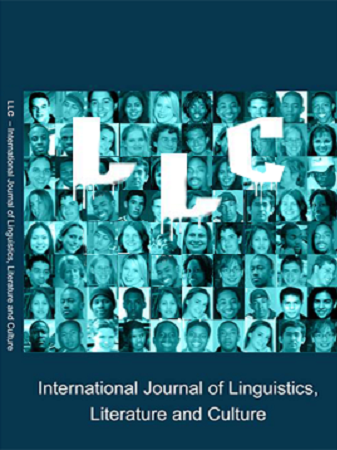The Narrative Motif of the Ghost in Classical Chinese Literature
The Narrative Motif of the Ghost in Classical Chinese Literature
Author(s): Cristina DinuSubject(s): Language and Literature Studies
Published by: European Scientific Institute
Summary/Abstract: The first part of this paper presents a brief history of the ghost narrative motif in classical Chinese literature, arguing that this motif first appears in Chinese culture during the Shang Dynasty (16 c. - 1066 BC), and it is a recurring concept defined in the Book of Liezi and it is also present in the Daoist principle yin - yang. Despite the Confucian tradition of rejecting the belief in ghosts and any other metaphysical elements, ever since the Tang Dynasty (618 – 907) the literary motif of the ghost appears in the so-called fantastic stories chuanqi which will later influence the strange stories zhiguai written by Pu Songling (1640 -1715), and will serve as inspiration for Guan Hanqing (1225 - 1302) when he writes the famous zaju play Snow in Midsummer. This paper is an aesthetic, hermeneutic and anthropological analysis of the concept of the wandering ghost or spirit in classical Chinese literature, starting from the evolution of the character gui 鬼 which means ghost in Chinese. I will observe the narrative role of the ghost in classical Chinese literature, using as representative examples literary works such as the chuanqi play The Peony Pavillion written by Tang Xianzu (1550 –1616), the strange story zhiguai, “Gongsun Jiuniang” by Pu Songling, and the zaju play, Snow in Midsummer, written by Guan Hanqing.
Journal: International Journal of Linguistics, Literature and Culture
- Issue Year: 9/2022
- Issue No: 1
- Page Range: 1-9
- Page Count: 9
- Language: English

